Home>Technology>Home Entertainment Systems>What Material Is Best For A Projector Screen
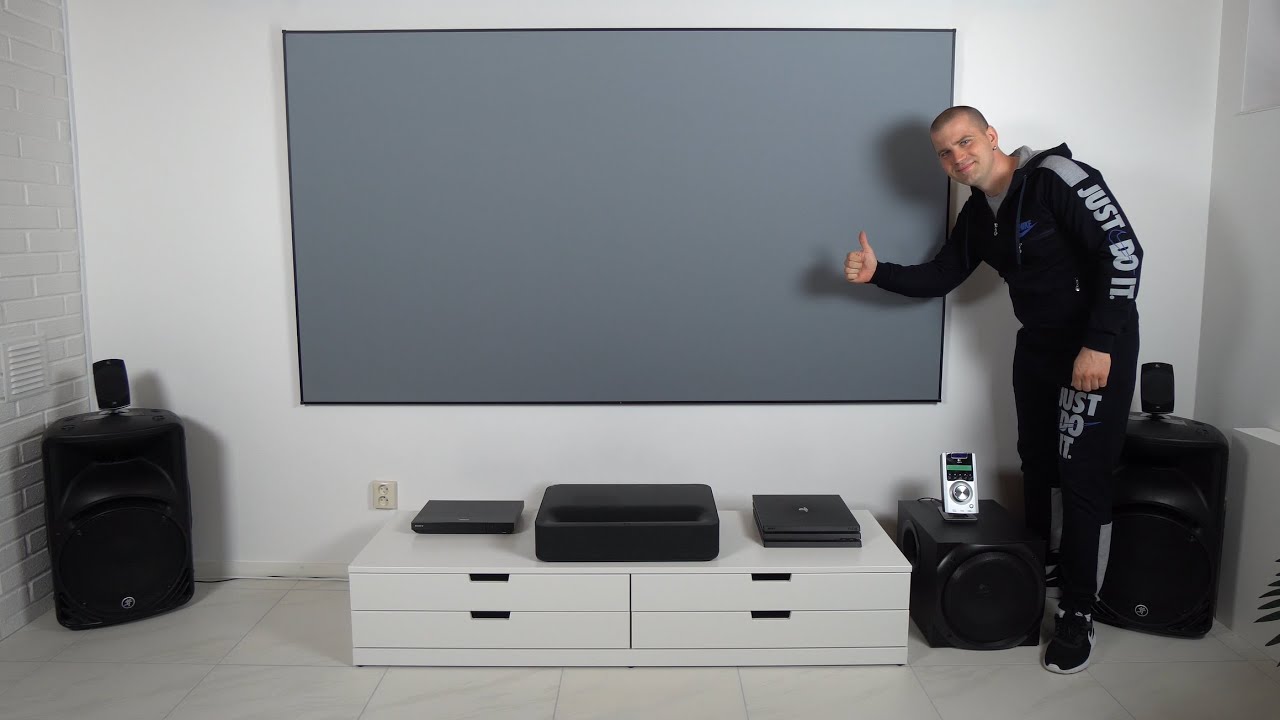

Home Entertainment Systems
What Material Is Best For A Projector Screen
Modified: February 26, 2024
Discover the best material for a projector screen for your home entertainment system. Learn about the ideal options for an immersive viewing experience.
(Many of the links in this article redirect to a specific reviewed product. Your purchase of these products through affiliate links helps to generate commission for Storables.com, at no extra cost. Learn more)
Introduction
When setting up a home entertainment system, one of the key components to consider is the projector screen. The material of the projector screen plays a crucial role in the overall viewing experience. With various options available, it’s important to understand the different factors that come into play when choosing the right material for your projector screen.
Factors such as ambient light, viewing angle, resolution, and the type of projector being used all influence the selection of the most suitable screen material. In this guide, we will explore the various types of projector screen materials, compare their features, and provide insights to help you make an informed decision for your home entertainment setup.
Key Takeaways:
- Choose the right projector screen material by considering factors like ambient light, viewing angle, and resolution to optimize your home entertainment experience.
- Different materials like matte white, high-contrast grey, and acoustically transparent screens offer unique benefits tailored to specific viewing conditions and requirements.
Read more: What Color Is Best For Projector Screen
Factors to Consider When Choosing a Projector Screen Material
Choosing the right material for your projector screen involves considering several key factors that directly impact the quality of your viewing experience. Understanding these factors will help you make an informed decision that aligns with your specific needs and preferences. Here are the primary considerations when selecting a projector screen material:
- Ambient Light: The level of ambient light in the room where the projector will be used is a critical factor. Rooms with high ambient light require a screen material that can combat glare and maintain image clarity. Conversely, in a dedicated home theater with controlled lighting, the screen material can prioritize contrast and color accuracy.
- Viewing Angle: Consider the seating arrangement in relation to the projector screen. If viewers will be positioned off-center, a screen material with a wider viewing angle is essential to ensure consistent image quality from various vantage points.
- Resolution and Gain: The native resolution of the projector, as well as its brightness capability, should align with the screen material’s ability to preserve image sharpness and brightness. Screen gain, which refers to the material’s reflective properties, impacts the overall brightness and contrast of the projected image.
- Screen Size and Aspect Ratio: The size and aspect ratio of the screen should complement the projector’s specifications. Some materials are better suited for larger screens, while others excel with specific aspect ratios.
- Installation Environment: Consider the physical space where the projector screen will be installed. Factors such as wall color, distance from the projector, and the presence of obstructions can influence the choice of screen material.
- Acoustic Transparency: For home theater setups that incorporate in-wall speakers or a dedicated sound system, an acoustically transparent screen material allows sound to pass through without compromising visual quality.
By carefully evaluating these factors, you can narrow down the options and select a projector screen material that optimizes the visual performance of your home entertainment system while accommodating the specific characteristics of your viewing environment.
Types of Projector Screen Materials
Projector screens are available in various materials, each offering distinct characteristics that cater to different viewing environments and preferences. Understanding the properties of these materials is essential for choosing the most suitable option for your home entertainment setup. Here are the primary types of projector screen materials:
- Matte White: Matte white screens are among the most common and versatile options. They offer a wide viewing angle, making them suitable for rooms with controlled lighting. These screens are known for producing accurate color representation and are compatible with most projectors.
- High-Contrast Grey: High-contrast grey screens are designed to enhance image contrast and black levels, making them ideal for rooms with ambient light. They are especially effective with projectors that have lower native contrast ratios.
- Acoustically Transparent: Acoustically transparent screens are engineered to allow sound to pass through the material, enabling the placement of speakers behind the screen. This design is beneficial for home theater setups that prioritize immersive audio experiences without compromising visual quality.
- Micro-Perforated: Micro-perforated screens feature thousands of tiny perforations that enable sound to pass through while maintaining excellent visual clarity. These screens are suitable for dedicated home theaters with advanced sound systems.
- High-Resolution Grey: High-resolution grey screens are optimized for ultra-high-definition projectors, enhancing the perceived black levels and color accuracy of the projected images. They are well-suited for environments where ambient light control is a priority.
- 3D Silver: 3D silver screens are designed to preserve the polarization of 3D images, delivering vibrant and immersive 3D viewing experiences. They are compatible with polarized 3D projection systems.
Each type of projector screen material offers unique benefits and is tailored to specific viewing conditions and requirements. By considering the characteristics of these materials in relation to your home entertainment setup, you can identify the most suitable option to elevate your viewing experience.
When choosing a material for a projector screen, look for a smooth, white surface that reflects light evenly. Avoid materials with texture or color, as they can distort the image. A high-quality matte white fabric or specialized projector screen material is best for clear and vibrant projections.
Comparison of Different Projector Screen Materials
Understanding the distinctions between various projector screen materials is essential for making an informed decision based on your specific viewing environment and preferences. Here’s a comparative overview of different projector screen materials, highlighting their key features and ideal applications:
- Matte White: This versatile material offers wide viewing angles and accurate color reproduction, making it suitable for dedicated home theaters with controlled lighting. It is compatible with most projectors and provides a balanced visual experience for various content types.
- High-Contrast Grey: Ideal for rooms with ambient light, high-contrast grey screens enhance image contrast and black levels, making them well-suited for spaces where light control is a priority. They are particularly effective with projectors featuring lower native contrast ratios.
- Acoustically Transparent: Designed to allow sound to pass through, acoustically transparent screens are perfect for home theater setups with in-wall speakers or dedicated audio systems. They provide an immersive audio-visual experience without compromising sound quality.
- Micro-Perforated: These screens feature tiny perforations that enable sound transmission while maintaining visual clarity. They are ideal for advanced home theater environments where exceptional audio performance is a priority.
- High-Resolution Grey: Optimized for ultra-high-definition projectors, high-resolution grey screens enhance black levels and color accuracy, making them suitable for spaces where ambient light control is essential to maintain image quality.
- 3D Silver: Specifically designed to preserve the polarization of 3D images, 3D silver screens deliver vibrant and immersive 3D viewing experiences. They are compatible with polarized 3D projection systems, providing exceptional 3D image quality.
By comparing these projector screen materials, you can identify the features that align with your specific requirements and create an immersive and visually stunning home entertainment experience. Whether you prioritize color accuracy, contrast enhancement, immersive audio, or 3D viewing, there is a screen material tailored to elevate your overall viewing enjoyment.
Conclusion
Choosing the right material for your projector screen is a pivotal decision that significantly impacts the quality of your home entertainment experience. By considering factors such as ambient light, viewing angle, resolution, and installation environment, you can narrow down the options and select a screen material that aligns with your specific needs and preferences.
Understanding the characteristics of different projector screen materials, including matte white, high-contrast grey, acoustically transparent, micro-perforated, high-resolution grey, and 3D silver, allows you to make an informed choice based on your viewing environment and desired visual and audio performance.
Whether you seek accurate color reproduction, enhanced contrast in ambient light, immersive audio-visual integration, or vibrant 3D viewing, there is a projector screen material tailored to meet your requirements. Each material offers unique benefits and is designed to optimize the visual and auditory components of your home entertainment system.
By leveraging this comprehensive guide and considering the comparative features of different projector screen materials, you can make a confident decision that enhances your viewing experience and brings your home entertainment setup to new heights of visual excellence and immersive enjoyment.
Ultimately, the right projector screen material complements the capabilities of your projector, creates an immersive viewing environment, and ensures that every movie, show, or presentation is brought to life with stunning clarity, vibrant colors, and captivating audio.
Frequently Asked Questions about What Material Is Best For A Projector Screen
Was this page helpful?
At Storables.com, we guarantee accurate and reliable information. Our content, validated by Expert Board Contributors, is crafted following stringent Editorial Policies. We're committed to providing you with well-researched, expert-backed insights for all your informational needs.

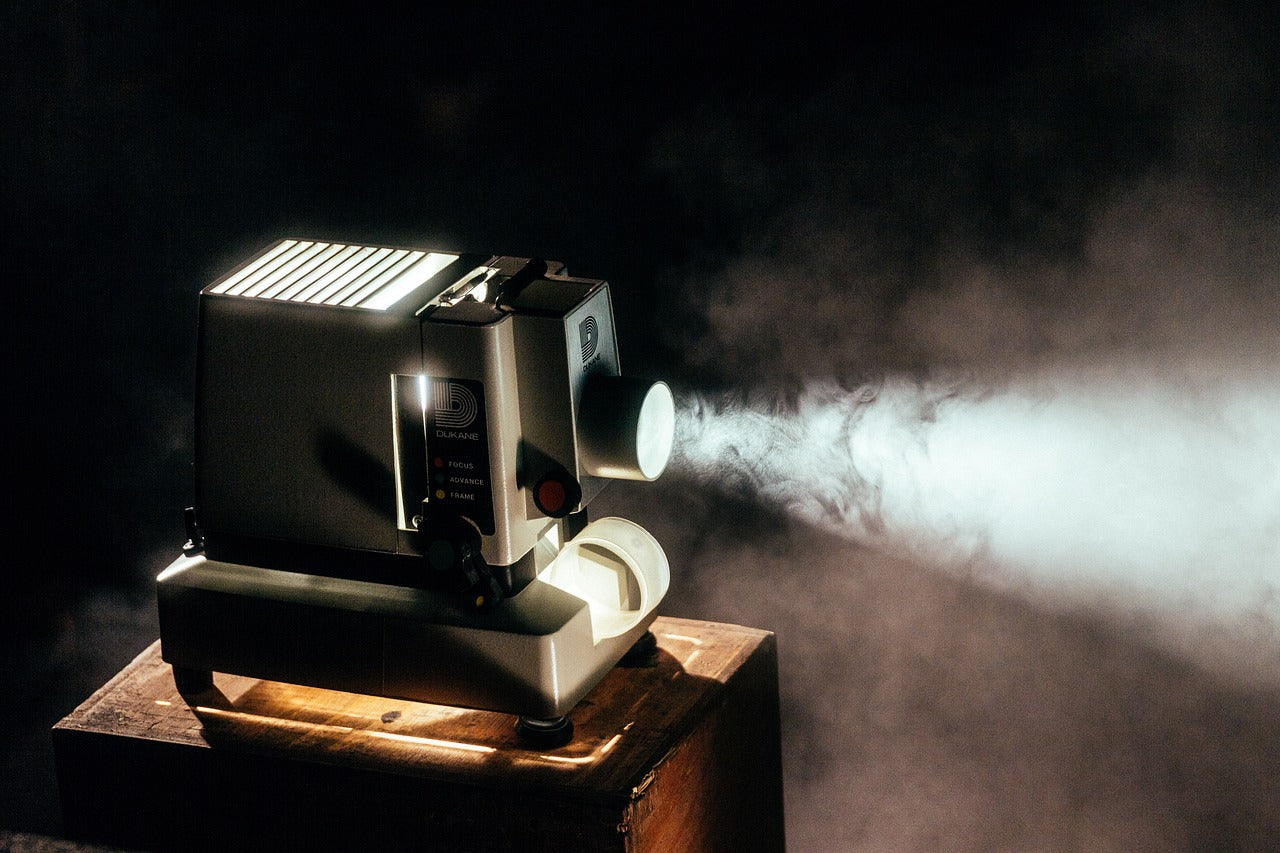
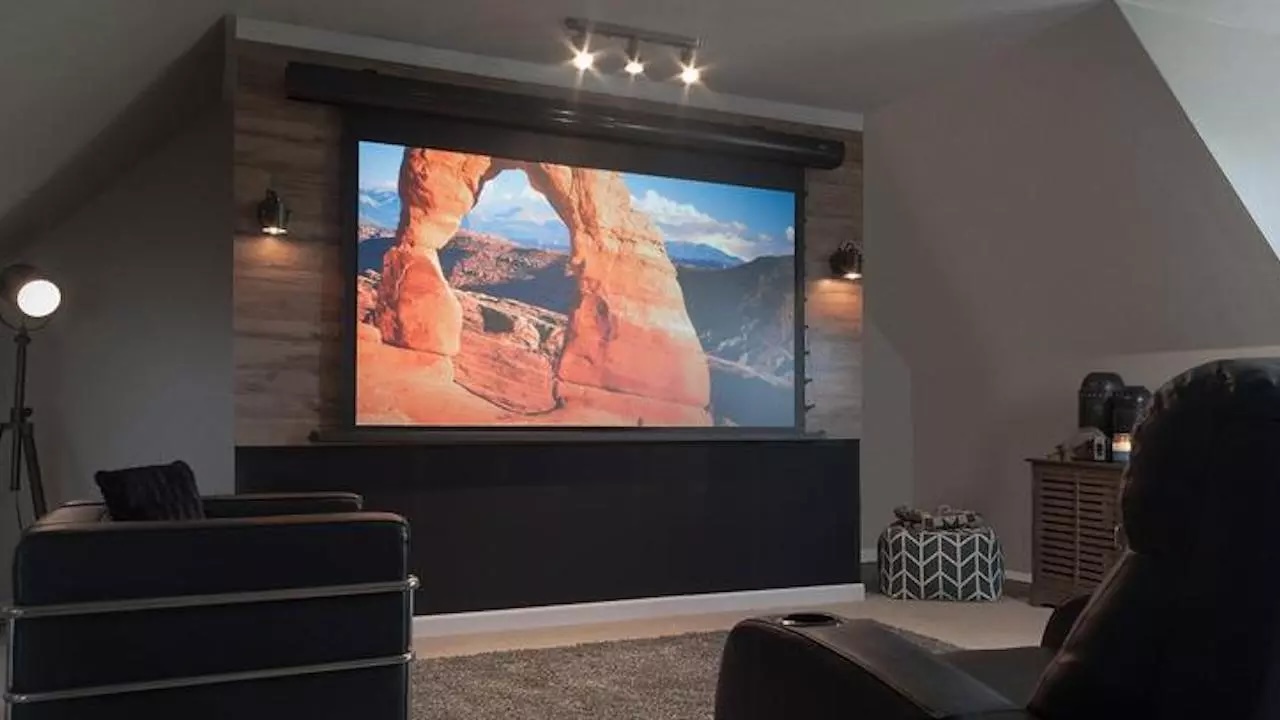
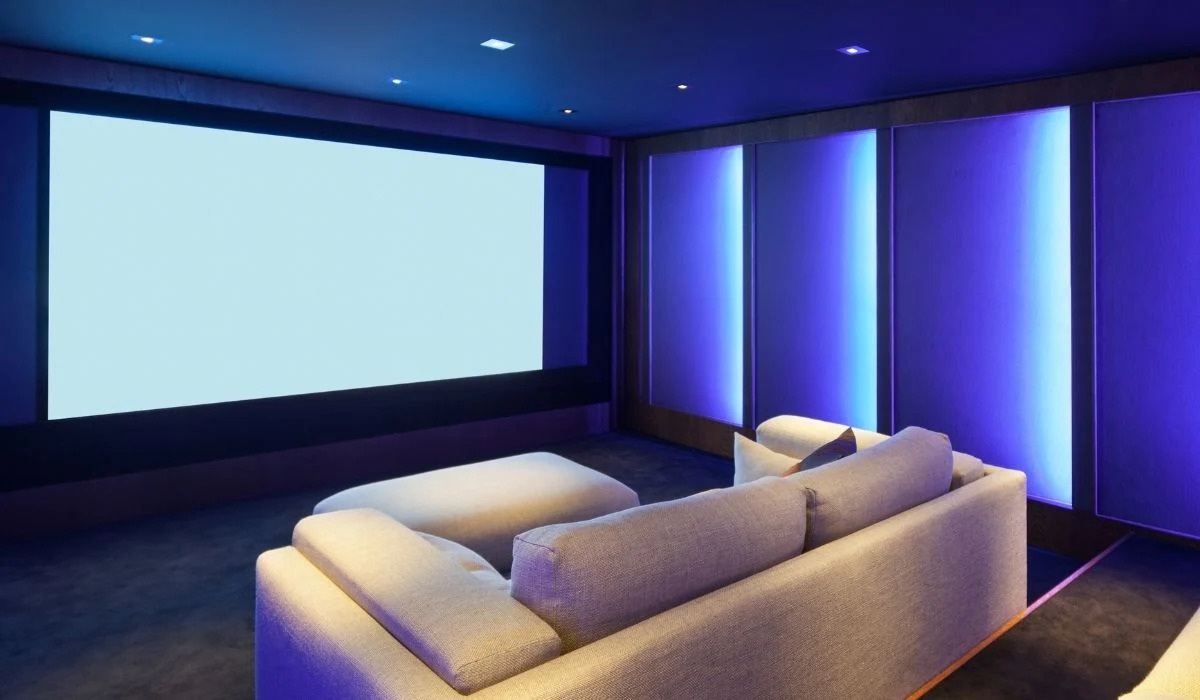
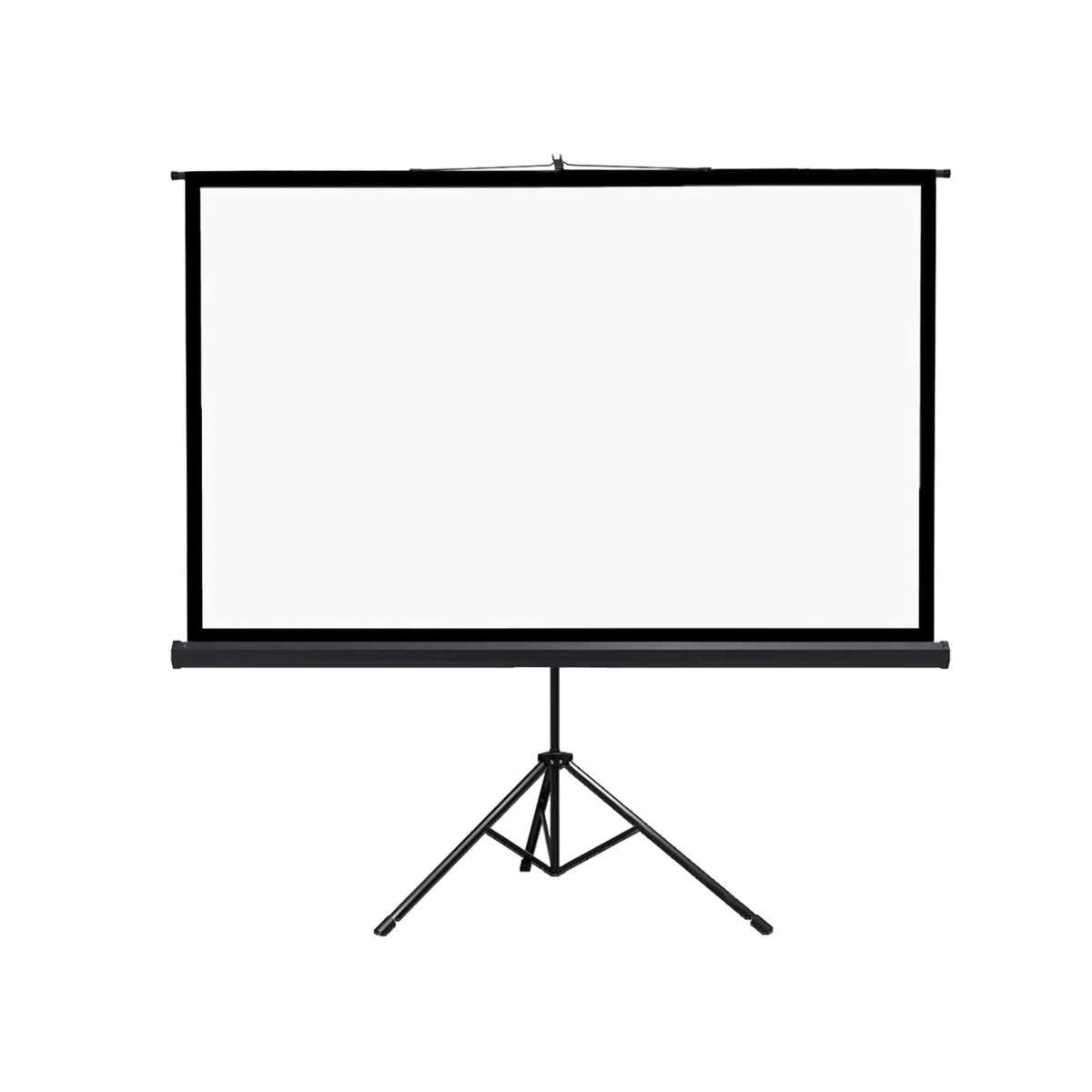
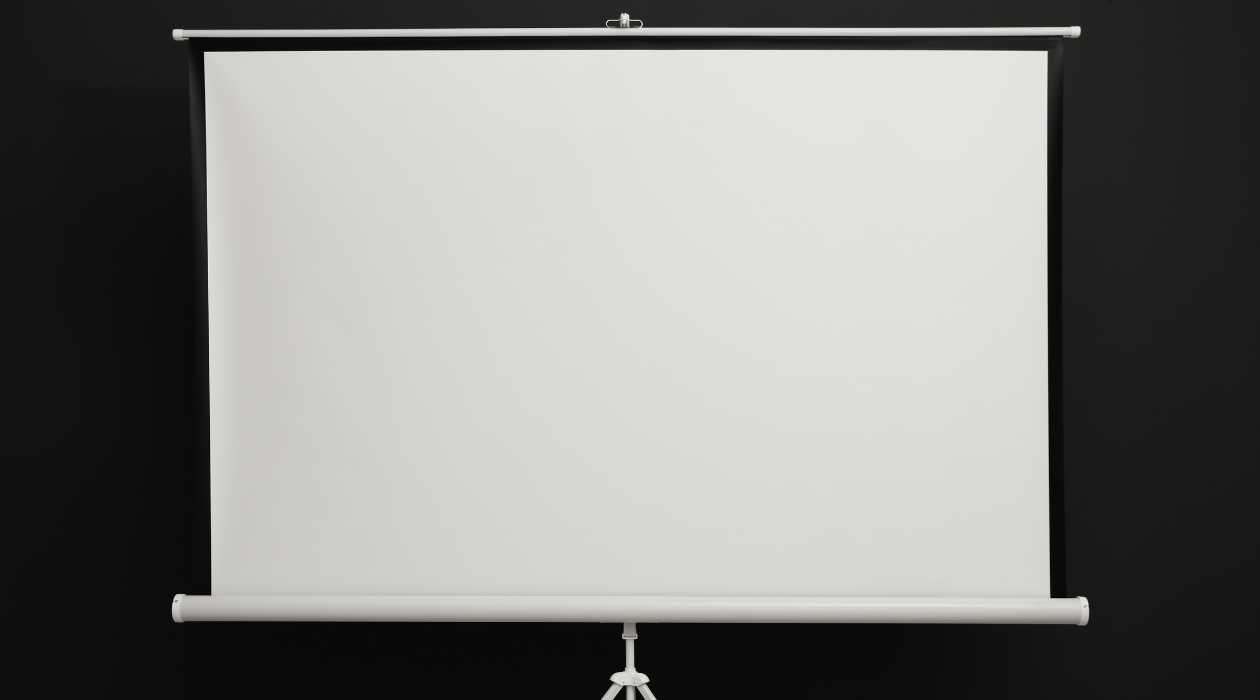
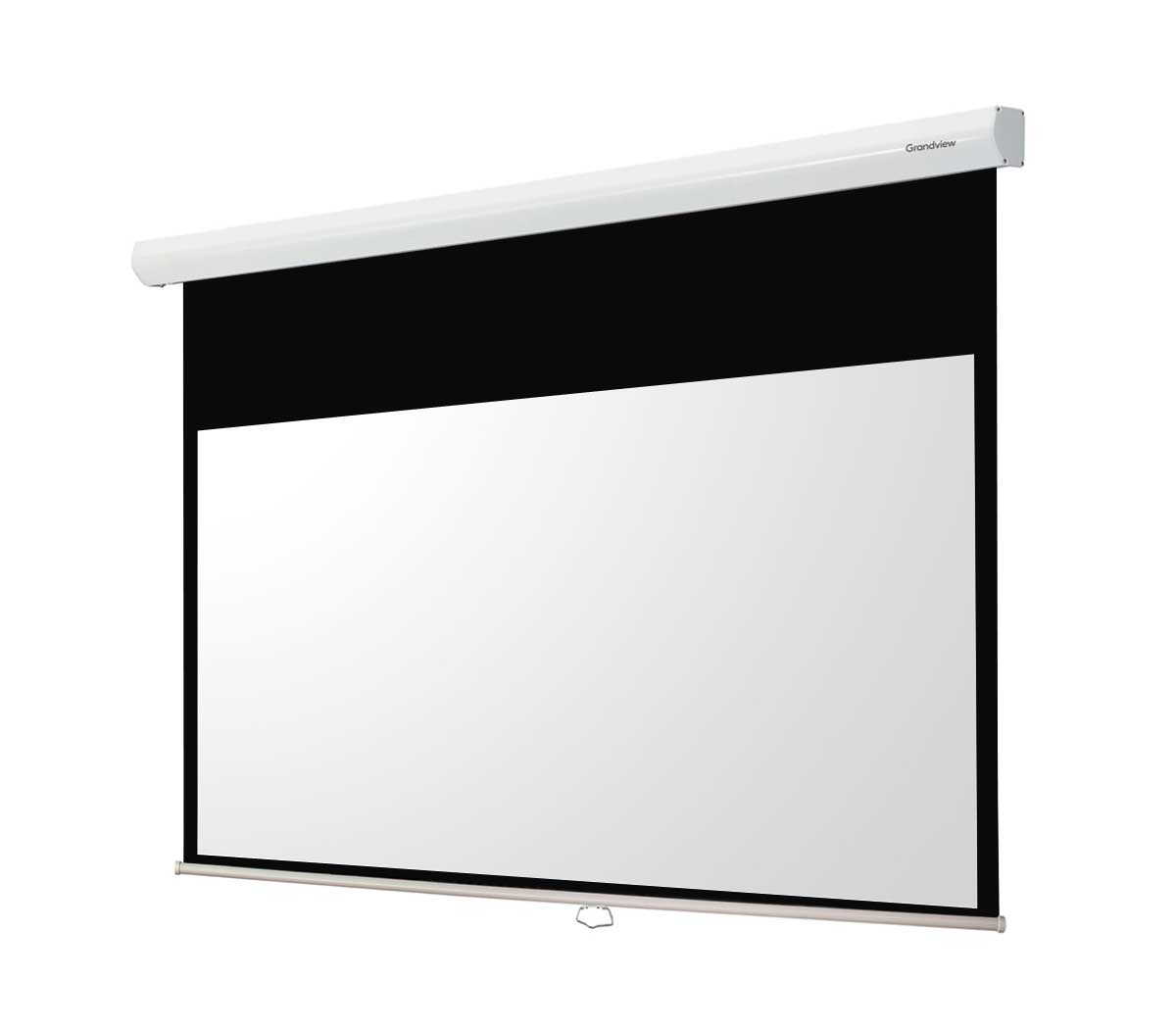
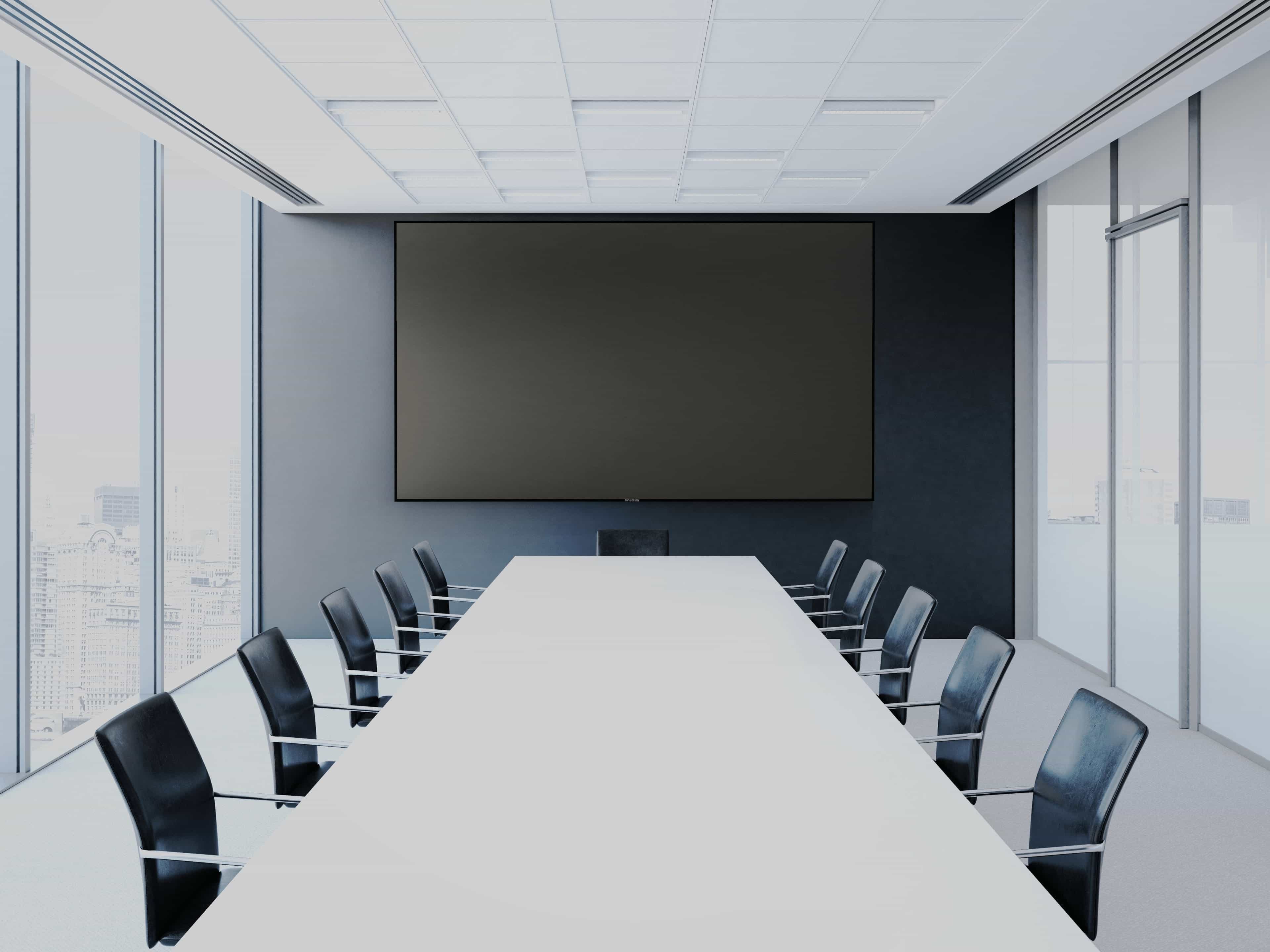
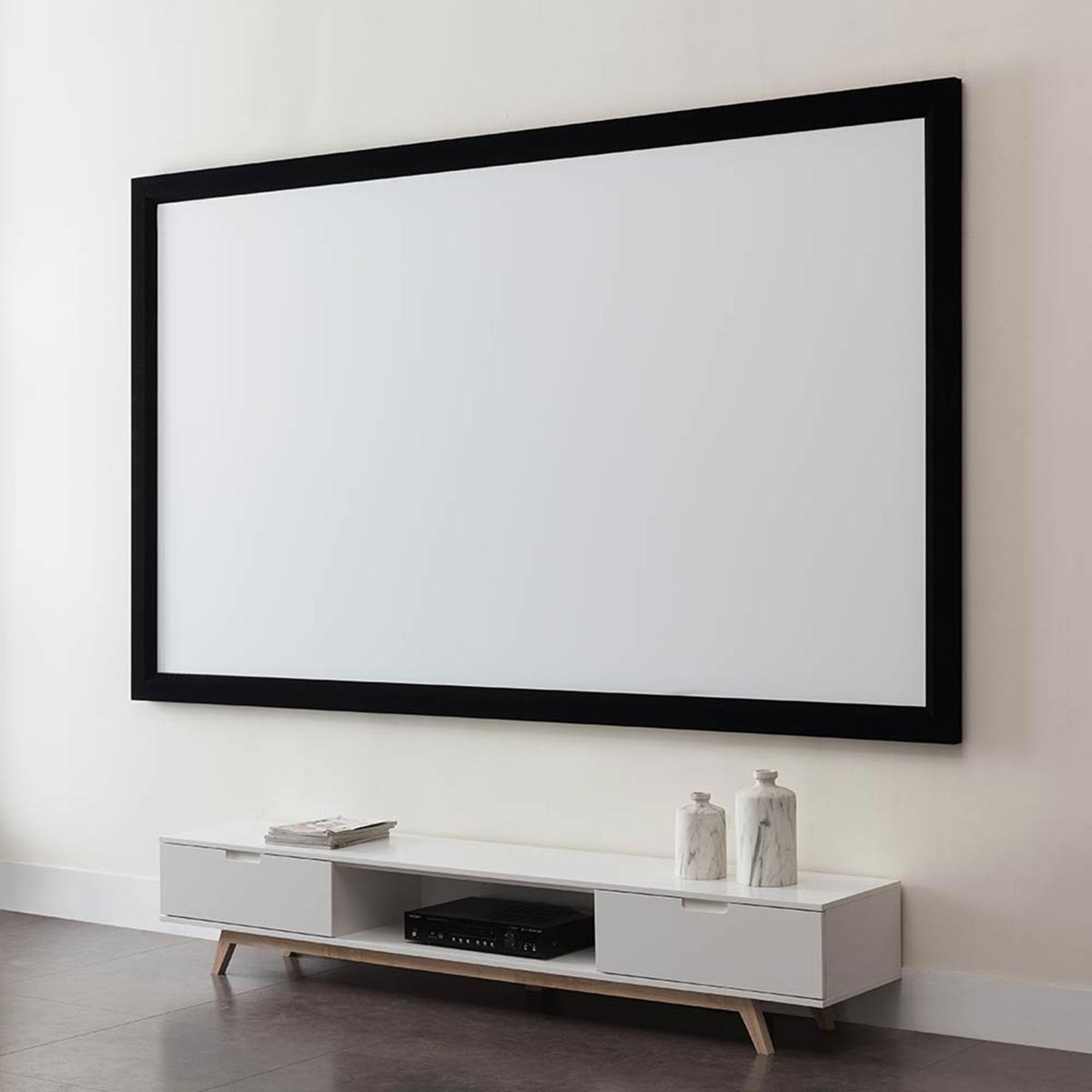
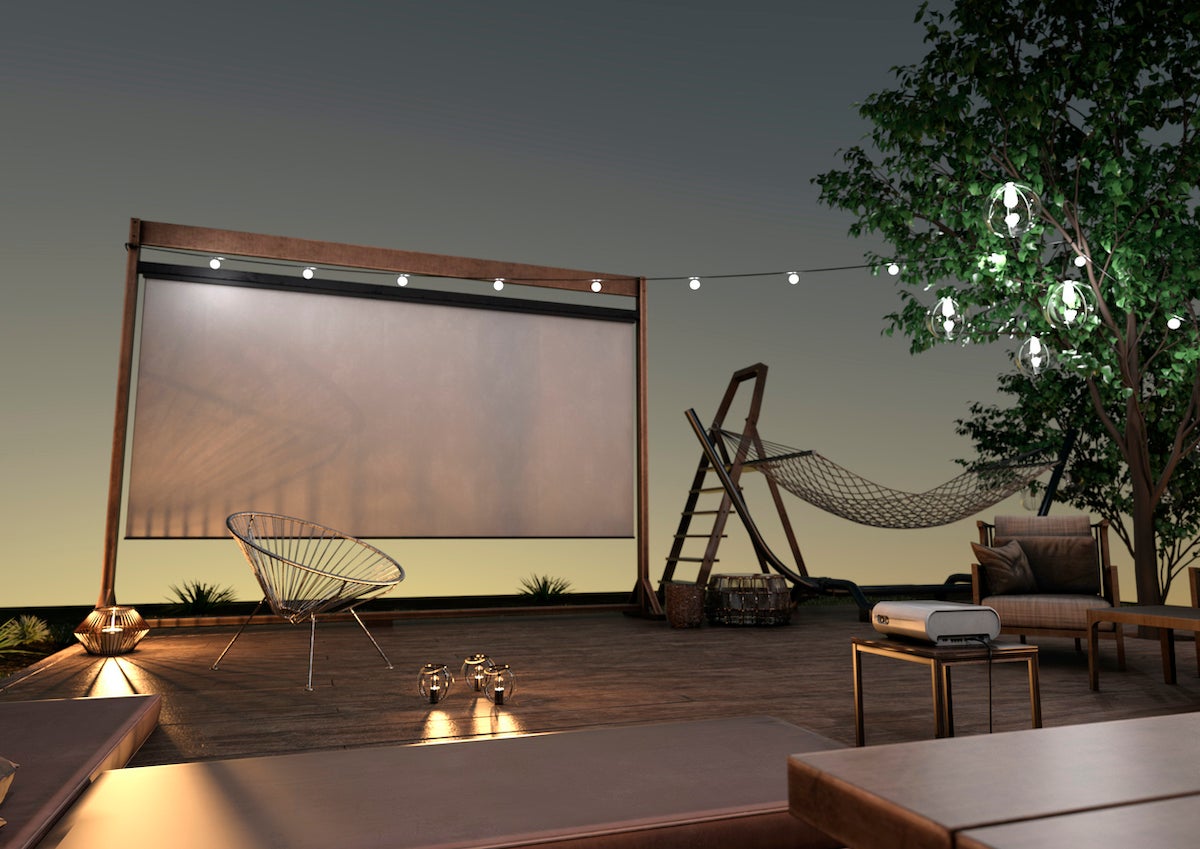
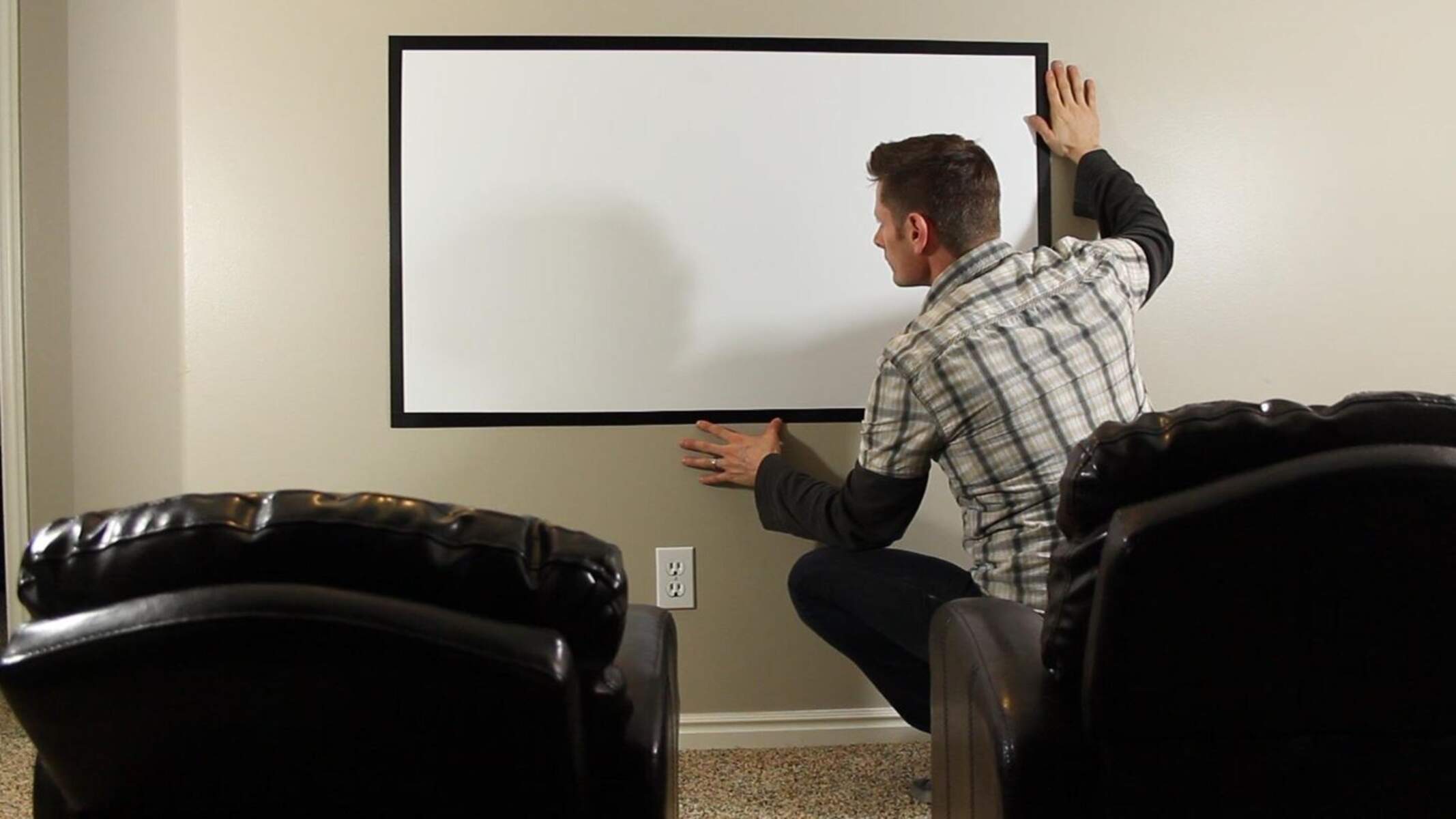
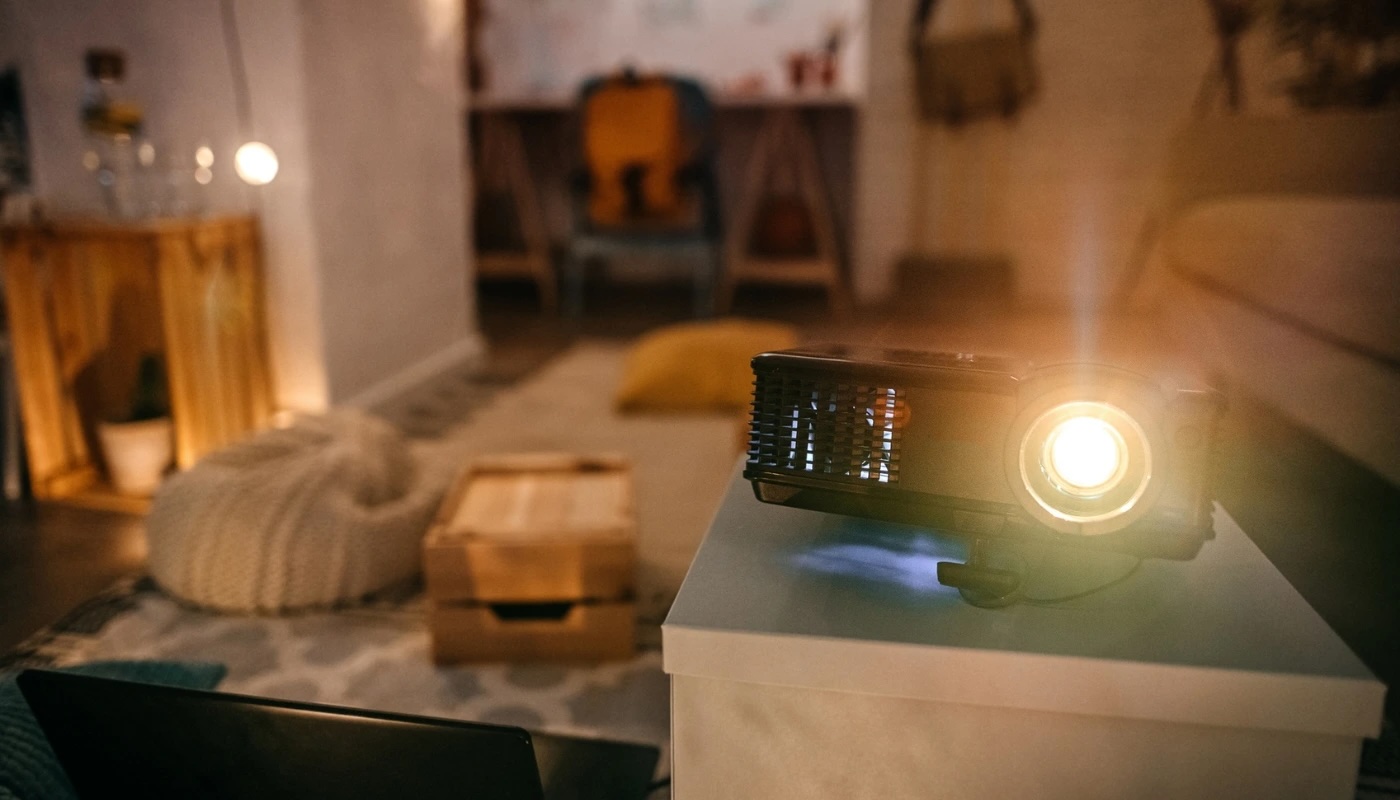
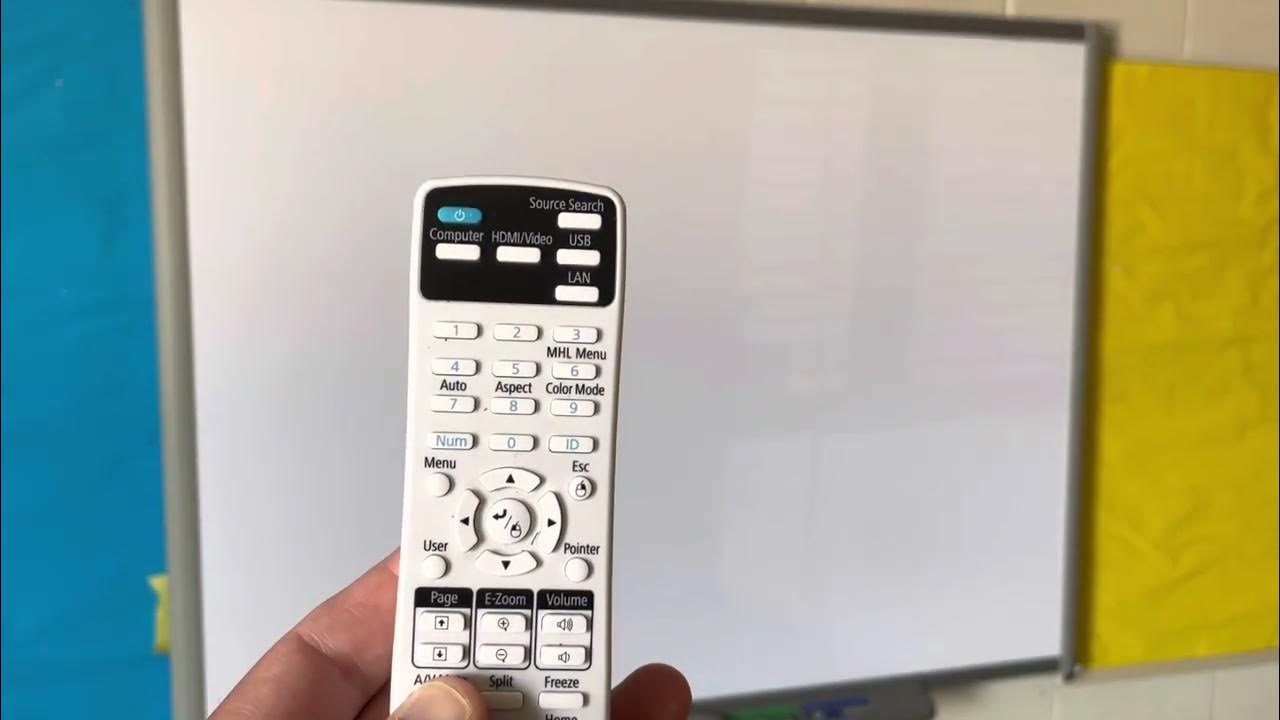
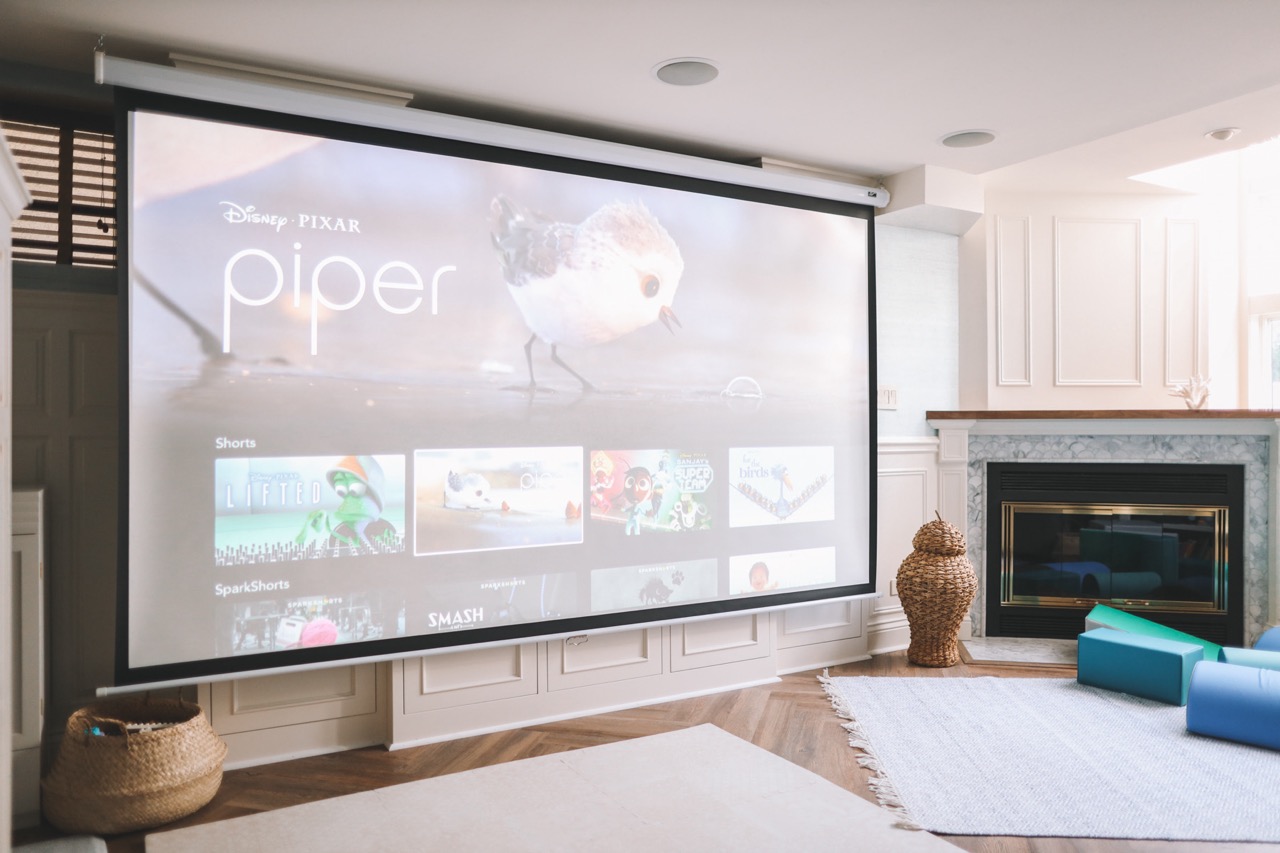
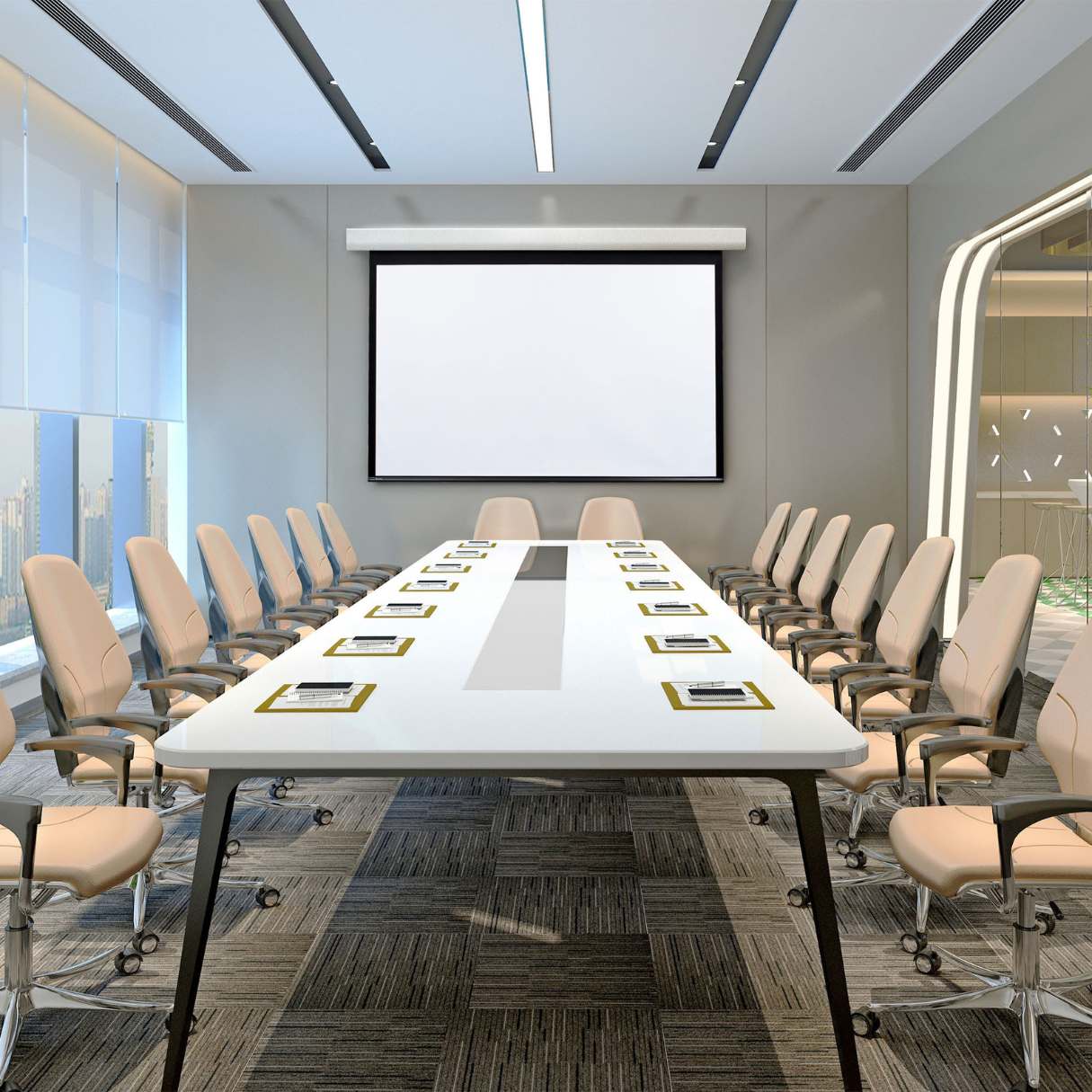

0 thoughts on “What Material Is Best For A Projector Screen”